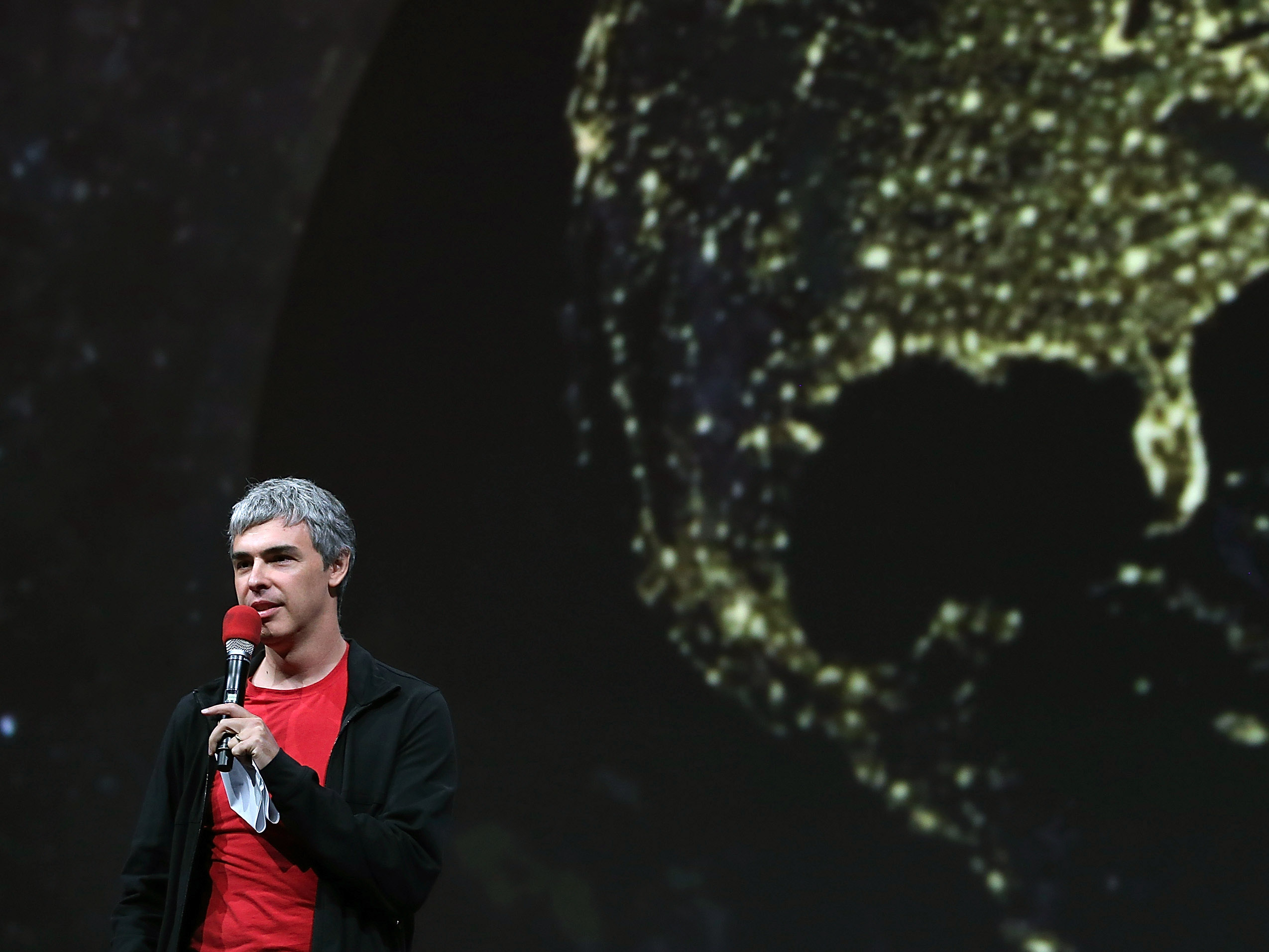- Larry Page is known for being an ambitious goal-setter – he pushed this mindset on executives throughout his time at Google.
- Before becoming CEO, he was the president of the products team working closely with then-VP of products management Sundar Pichai, who was overseeing the launch of the Chrome browser.
- Pichai himself had set very ambitious goals for the launch, having learned the importance of “stretch” goals at the company, but Page stepped in to push the “aggressive goal” even further.
- The team reached their goal with weeks to spare.
In 2008, current Google CEO Sundar Pichai was overseeing the launch of Chrome as part of his role as the vice president of products management, where he worked closely with then-president of products Larry Page.
When Chrome launched, Pichai set a fairly ambitious goal to hit 20 million weekly active users within the year.
“Candidly, I thought there was no way we would get there,” he recalls in John Doerr’s “Measure What Matters.”
The idea was to push the products team to its limits with “stretch” key metrics in order to reach the main goal: to create “the next-generation” web browser that could house third-party web applications.
Pichai was right. The people who used Chrome loved it, but a hiccup led to a missed milestone, and Pichai proceeded to set a second ambitious goal of 50 million users for 2009; this time, the team missed the goal by about 12 million. When Pichai set the next year's goal at 100 million - doubling up, having put in place safeguards like advertising, faster code, and distribution deals - Larry Page stepped in to say it wasn't enough.
"My target, he pointed out, touched only 10% of the world's one billion internet users at the time," said Pichai. "I countered that 100 million was in fact aggressive."
This was a classic Larry Page mindset, according to various excerpts and accounts from colleagues.
Page was famous for using sayings like "always work hard on something uncomfortably exciting," and encouraging Google employees to "have a healthy disregard for the impossible." He pushed this thinking on Pichai when it came time to popularize Chrome, and the two settled on 111 million users by the end of 2010.
The more-than-aggressive goal pushed the pair to think about what they could do differently. Google heightened awareness about Chrome via marketing tactics, increased distribution deals, and launched Chrome on Apple's OS X platform and on Linux. By the second half of the year the outcome still looked uncertain, but a few weeks into Q4, the products team reached their 111-million user mark.
In the goal-setting process made famous by Google and used by various other companies, the bar for what's considered success at Google is considered relatively low, because the overall bar is set so high. In fact, consistently achieving goals at a 100% success means you aren't trying hard enough - a reflection of the work ethic Page left behind.
"If you set a crazy, ambitious goal and miss it," Page said, "you'll still achieve something remarkable."

